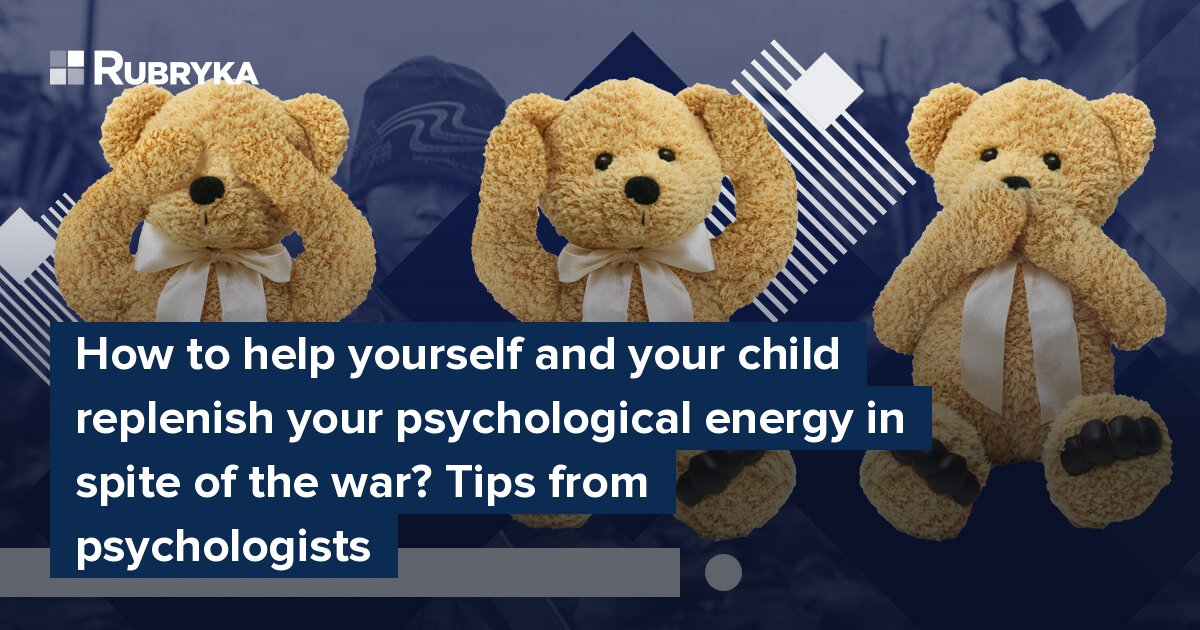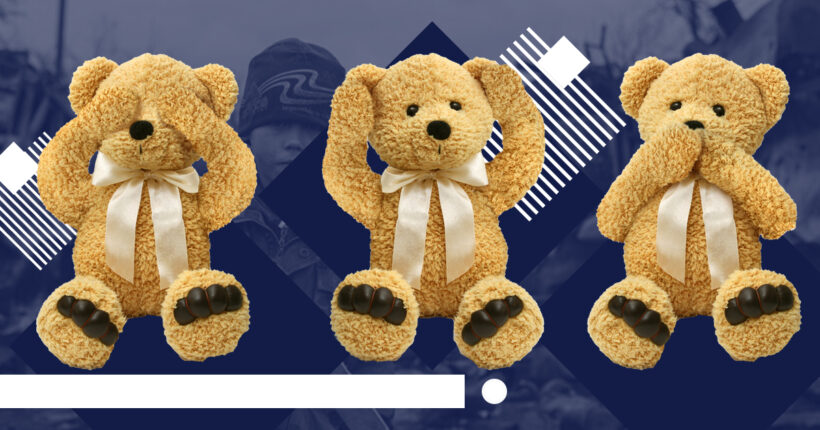
What's the Problem?
For over 9 months, Ukrainians – both those who had to escape from the horrors of the war, and those who are living in relatively safe regions – have been staying in a state of permanent stress. Unlike what is known as 'useful stress', or eustress (a short-lived experience that mobilizes the defensive functions of body and mind), long-term stress can result in short-term or permanent negative consequences.
Tetiana Aslanyan, psychotherapist, head of the expert council of the Voices of Children Charitable Foundation, who has significant experience of working with children of war, states: "Everything we are seeing at this moment – fear, anxiety, aggression – is a manifestation of a long-term psychological strain. It's still too early to draw general conclusions, given that PTSD (post-traumatic stress disorder) is never diagnosed until several months after the traumatic event occurred. However, based on my experience of working with the children of war since 2014, as well as what we know from global experience, I can say that many Ukrainians will, indeed, develop PTSD. This diagnosis is not a life sentence. It can be treated effectively, although therapy for PTSD can take longer".
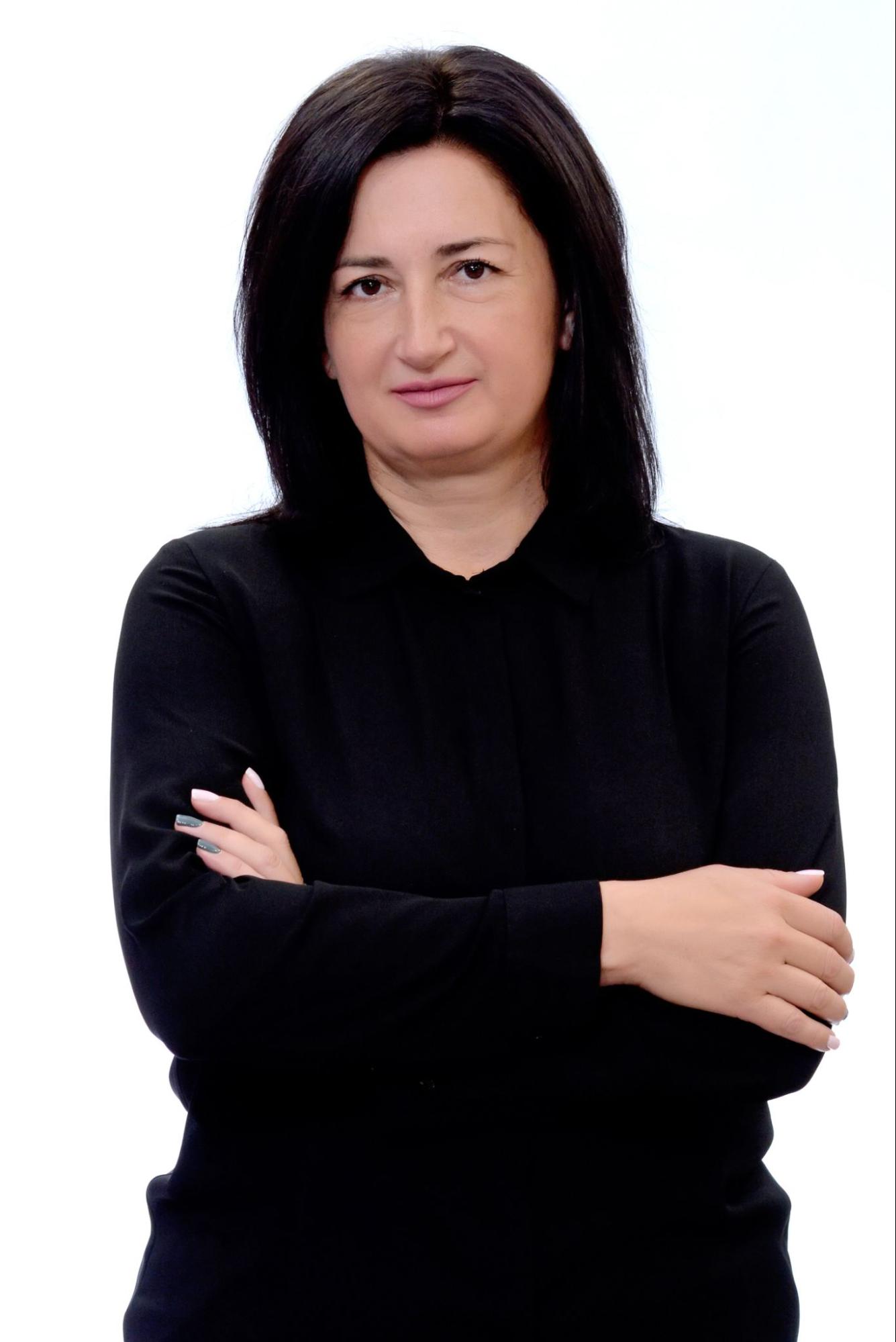
Tetiana Aslanyan
Linda Goldman – author of books on childhood bereavement therapy, who has been working as a grief therapist and professor for the past 35 years, draws our attention to another widespread and quite serious condition, which is delayed grief. "On the one hand, many Ukrainians are grieving something, be it tragic news, numerous losses, changing their place of residence (which many experience frequently), or a threat of nuclear strikes. On the other hand, not everybody has an opportunity fully to live through the painful feelings. In those cases, it is as if both adults and children freeze grief feelings and in this frozen state grief is delayed. Children who experience this often exhibit symptoms of hyperactivity, hypervigilance, heightened anxiety, rage, and have difficulties concentrating. Both small kids and teenagers may experience feelings of guilt or heightened responsibility ("They might come for us. I'll stay awake at night to protect my family") and take on the roles of adults".
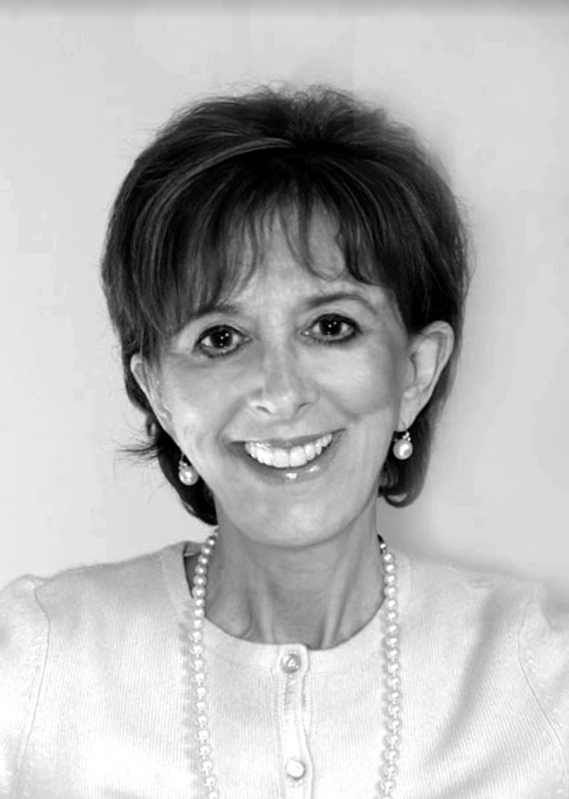
Linda Goldman
What's the Solution?
Post-traumatic Growth Phenomenon
"There's good news, too: there's such a thing as post-traumatic growth, – Aslanyan continues. – Simply put, it occurs when, as a result of trauma, we experience a complete reevaluation of our values and change our entire worldview. As a result, we can experience a phenomenal degree of personal growth. People don't go back to who they were in their pre-trauma state. They experience qualitative changes at every level, and ultimately (as hard as this might be to believe right now) this makes them happier. Edith Eger is a great example of this. These days I often recommend her books The Choice and The Gift to the parents of children of war and to any adult. When Edith was 16, she ended up in Auschwitz. What saved her from death was ballet dancing. After being liberated from the death camp, Edith spent many years living in the prison of her fears and memories. Only after undergoing personal therapy, Edith Eger finally managed to get rid of terrifying flashbacks and access a qualitatively new level of well-being. Today, at the age of 95, Mrs. Eger lectures (she is a psychotherapist) and writes books. In spite of their painful subject matter, her books are filled with light and the love of life. Her experience is highly relevant in today's circumstances".
Edith Eger's psychotherapist did not refer to what happened to her as "post-traumatic growth". This term appeared only in the 1990s as a result of research conducted by Dr. Richard Tedeschi and Dr. Lawrence Calhoun at the University of Northern Carolina at Charlotte. According to researchers' data, between half and two thirds of people with PTSD experience a positive dynamic. A key factor of post-traumatic growth is the capacity of living through the supposedly negative feelings in a safe, supportive environment. It is precisely this kind of environment that the workers and the volunteers of the Voices of Children Charitable Foundation are creating for the children of war. At the Foundation's 6 locations around Ukraine, professional psychologists offer psychosocial support to children of war (art therapy, fairy-tale therapy, the CBT program "Children and War", etc). For those who cannot attend sessions in person, there is an opportunity to receive help online. The professionals of the Foundation do their best to reduce the risk of developing PTSD among Ukrainian children. In this article, psychologists who cooperate with the Foundation suggest methods and give practical advice that can help overcome stress and heal children's and adults' trauma.
It's Easier to Deal with Something That Has a Name
"A great number of Ukrainians – both adults and children (and children always perceive and transmit their parents' state of mind) – are feeling background anxiety, – Tetiana Aslanyan says. – It isn't easy to identify this state because anxiety doesn't hurt like grief does, for example. Anxiety is everywhere, it's in the air we breathe, it's in the fabric of our lives, and we barely notice it, but it saps our energy and steals our joy. This is why it's crucial that we know how to be attentive to our own feelings, recognize them, and teach our children to do this by example. If you see that you or your child are feeling emotionally "off", something doesn't feel right, it's useful to ask: "What exactly am I feeling right now?" – and answer this question in the most concrete way possible. For instance, if you (or your child) feel anxious, what are you anxious about? Are you worried you might remain without heating in winter? Is your child worried that you will once again have to get up in the middle of the night and go into the unknown? Whatever it is, try to give a specific name to your feelings and understand what is causing them. As soon as we define our background anxiety, we will be able to work with it. For example, prepare warm things/gather firewood/get a promise of assistance from relatives in the countryside or promise your child that even if you have to undergo emergency evacuation, you will take her favorite toy with you".
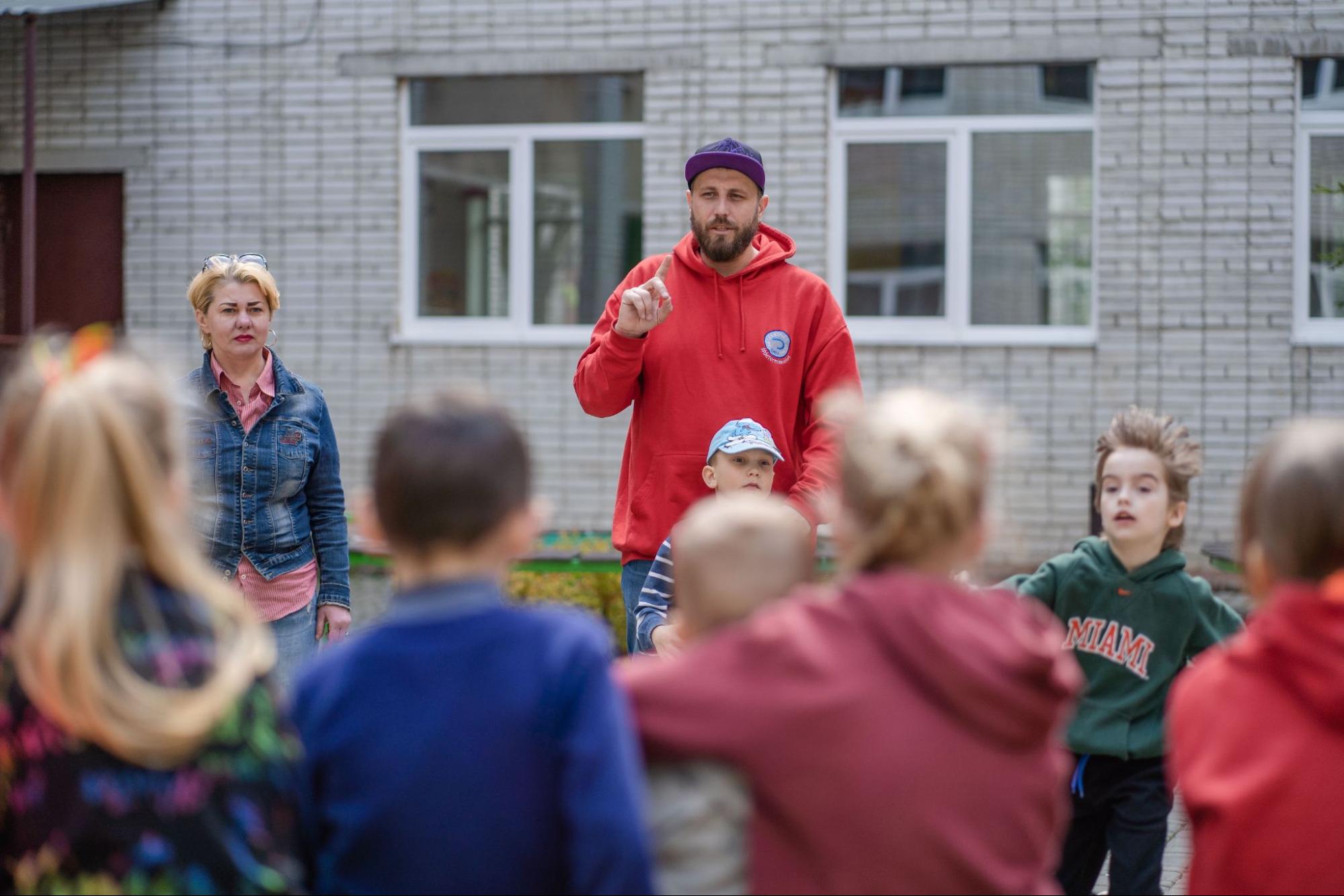
The Response Model Is Laid by the Parents
Dr. Karen Treisman, a clinical psychologist who has worked with former child-soldiers and refugees from Rwanda, stated the following in her TED-talk: "A child's psychological health hinges on having a good relationship with the parents. The attitudes of adults create a roadmap for the child's future interactions with the world". This works in regard to both children and adults. In addition, research among the participants in the Korean War demonstrates that those who had better relationships with family and friends experienced an increased post-traumatic growth. Linda Goldman says: "Good relationships mean trust. It's important to validate all emotions, including anger, fear, and grief. Don't shame a child for crying, irrespective of that child's age. Don't hide your own tears and, instead, manifest your grief openly if you experienced a tragedy. All this helps create an optimistic outlook on life in children, letting them know that life is sometimes very hard, but we can overcome hardship. Realizing that significant adults are role models to a child helps maintain the right outlook".
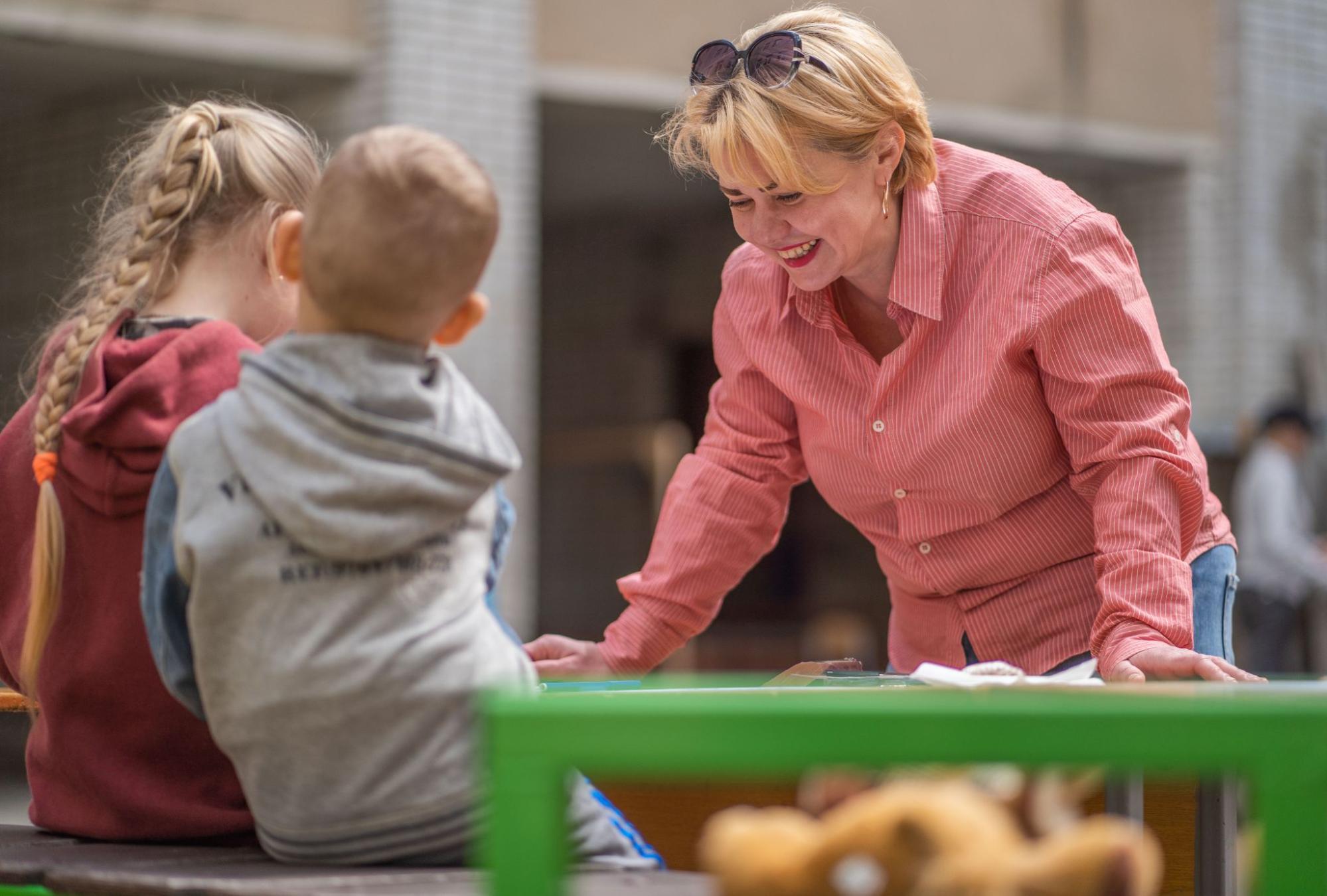
Tetiana Aslanyan has the following to say: "It is very important to children that the adults in their lives transmit a healthy model of reacting to challenges: yes, war is something that we cannot control but we can control ourselves. Historically, there has been a lot of victimhood in our culture. My colleagues and I currently observe this victimhood among the mothers of refugee children. We can refer to it as, "I won't go to a hair salon because there is a war going on." If you can afford getting your hair done or do something else to bring joy to your life, go for it! The healthier the mother's psycho-emotional state is, the better will her child feel.
It's important to create a small, simple holiday for yourself every day. For some people it will be their favorite book, for others, a walk in the autumnal park, or something else. It's like that joke about a Jewish mother with many kids who once a week would lock herself in her room and have tea with pastries all by herself. When the children caught her at it and protested, the mother said calmly, "Settle down, kids. I am making a happy mom for you". This is the same thing. Fill yourself up on regular occasions because that's the only way for you to have enough to share with your child.
A resourceful mother is not a superwoman who has time for everything and fears nothing. She's a normal, live human being who understands her own needs and always makes choices that improve her quality of life. There's nothing wrong with a child seeing your weakness. What matters is openly explaining to a child what you are experiencing and why. If the mother has enough psychological resources, she will be able to support her child. This will manifest even in some very simple, everyday things. To give an example, if a child shudders when it thunders, it's often sufficient to say calmly and kindly: "I see that you are afraid. Come here, I'll hug you". That's it, with this one phrase you make the child feel accepted and give her/him the resources she/he needs to deal with her/his fear!"
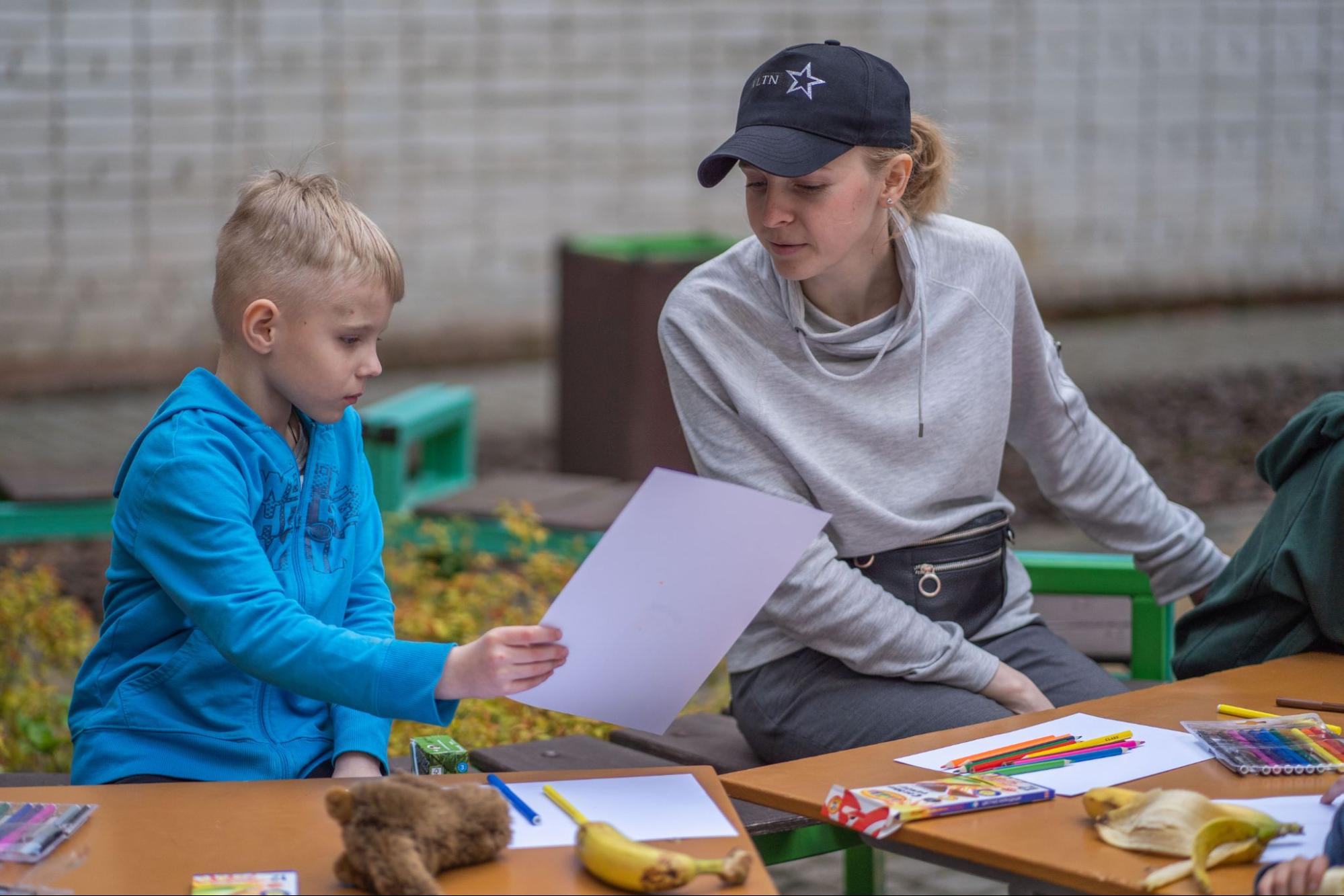
Recovery: everyday psychological techniques
"We cannot expect children to deal with traumatic experiences on their own, independently of the emotional state of the mother or another significant adult, — Tetiana Aslanyan continues. – This is why all the efforts to stabilize the emotional state have to include both your child and yourself. The more calm, self-assured and attentive the mother is, the likelier it is that her child will get through the traumatic event and eventually experience growth".
The psychologist shared simple yet effective everyday techniques:
- What exactly can I do right now? This is a very useful question, especially when you or your child experience despair or fear. Once you identify your feelings, ask yourself or your child: «What can offer us support right now?» Often, small, insignificant things can help us stabilize our emotional state. We can go into another room, turn off the news, or ask somebody for help.
- Grounding. Together with your child, stand barefoot on any surface (ideally, it should be a natural surface, but in the cold season it can be a carpet or the floor in an apartment). Concentrate on the way your feet touch the surface and imagine that you are a tree with powerful roots that go deep into the ground. Suggest that the child draw this tree, saying: "Look how strong this tree is, just like you".
- The "rose-candle" breathing. In a state of stress, we automatically begin to breathe shallowly, and this only increases the feelings of panic and helplessness. There are many relaxation breathing techniques, most of which are designed to slow down and deepen your breathing. The technique called "rose-candle" works really well for both kids and adults. Imagine that there is a rose on your left shoulder and a candle on your right. Turn your head to the left and inhale the aroma of the rose. Then turn your head to the right and, exhaling, "put out" the candlelight.
- Palms of goodness. In positive psychology, hands and palms symbolize support and trust. Suggest tracing your child's palm on a sheet of paper, and then coloring it in any way the child prefers. You can string up "palms of goodness" around your house or send them to friends or relatives.
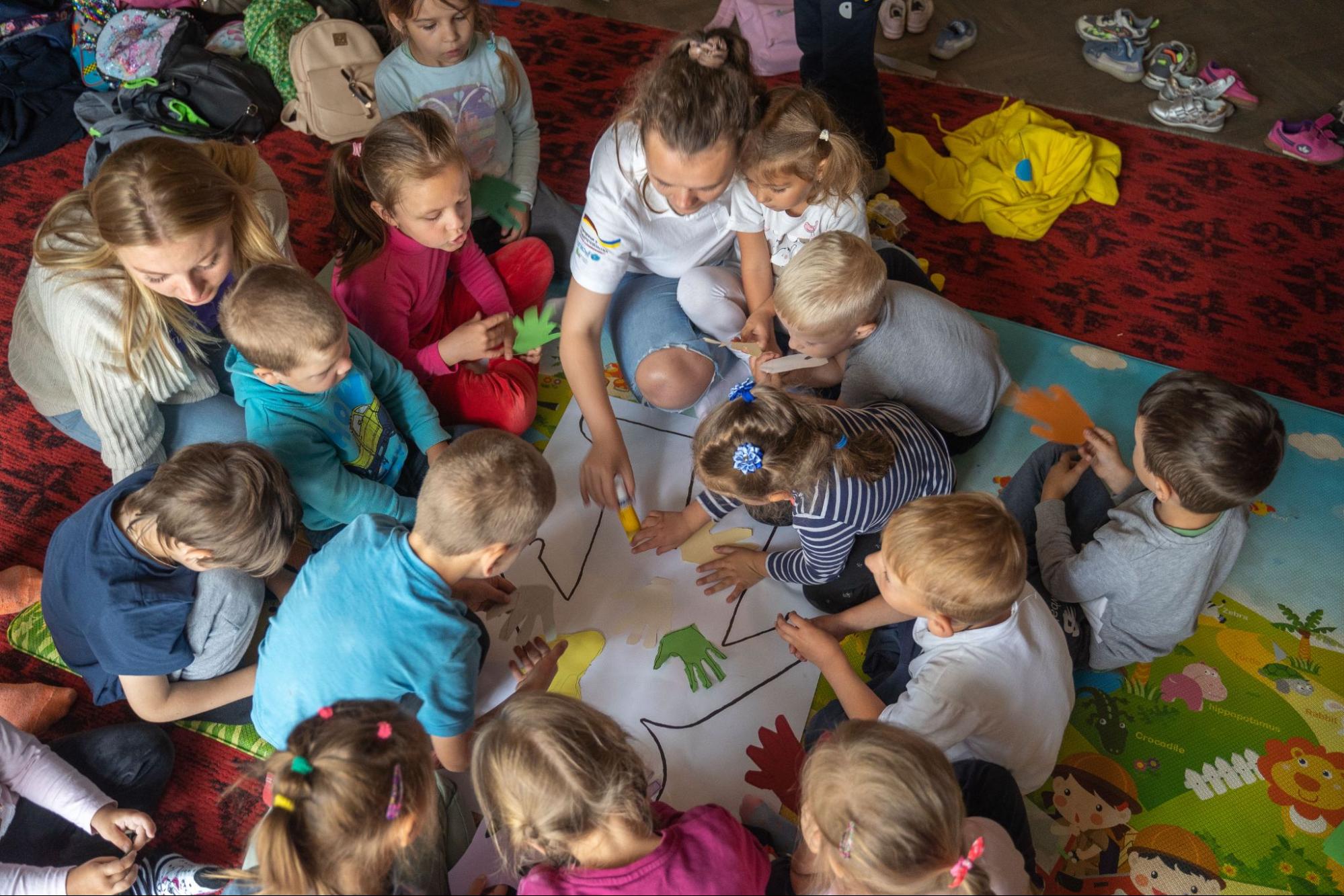
Linda Goldman adds: "Project-based techniques, such as drawing, working with plasticine or clay, making up fairy-tales or stories, using anger "props" (soft toys or cushions that you can pummel) help children liberate frozen feelings and experience them safely. In my work with children's grief, I also often use "memory books" – albums where a child can place photographs or symbolic objects (for instance, museum passes), draw or write down memories or feelings regarding a loved one who has died, or is far away or his/her previous life in peacetime. Children can also write a letter to a loved one. This method works even if this person died. In this situation, a child can tie the letter to a helium balloon and release it or fold it into a boat and float it down a river. If a child is worried about a family member (for instance, if the father is fighting in the war), this helps them child switch from destructive anxieties to specific actions. Say: "Today we are all alive, and so is dad. We can light a candle (to pray/imagine a stream of light – depending on the family's spiritual values) and ask the higher power to keep dad safe. Let's be grateful for each other , for our world, and for the love and support that we have around us (it's a good idea to name or write down everything you are grateful for). Let's think what we can do today to have fun and feel happy".
Are You Sure It Works?
This expert advice is supported by numerous stories of emotional relief and even healing that children experienced as a result of therapy.
"I remember an 8-year-old girl from Slov'yansk, — Tetiana Aslanyan says — who developed stuttering after a shell hit their yard. At our center for psycho-social support, we had her and other kids mold dough figures and simply knead dough with their hands. After 4-5 sessions, the girl's stutter went away. Other kids stopped experiencing night-time incontinence and terrors".
Linda Goldman remembers a girl called Sophie: "After her father was killed, Sophie retreated into herself. It was as if an impenetrable wall had appeared between her and the world. During a session, I asked Sophie to freely draw a scribble picture. She drew some illegible scribbbles. I asked her, if she saw something among the scribbles, what would she call it? Sophie said it was a tornado. I asked: "If the tornado could talk, what would it say?". Sophie answered: "Help me!" – and this was the first step on the way to her healing".
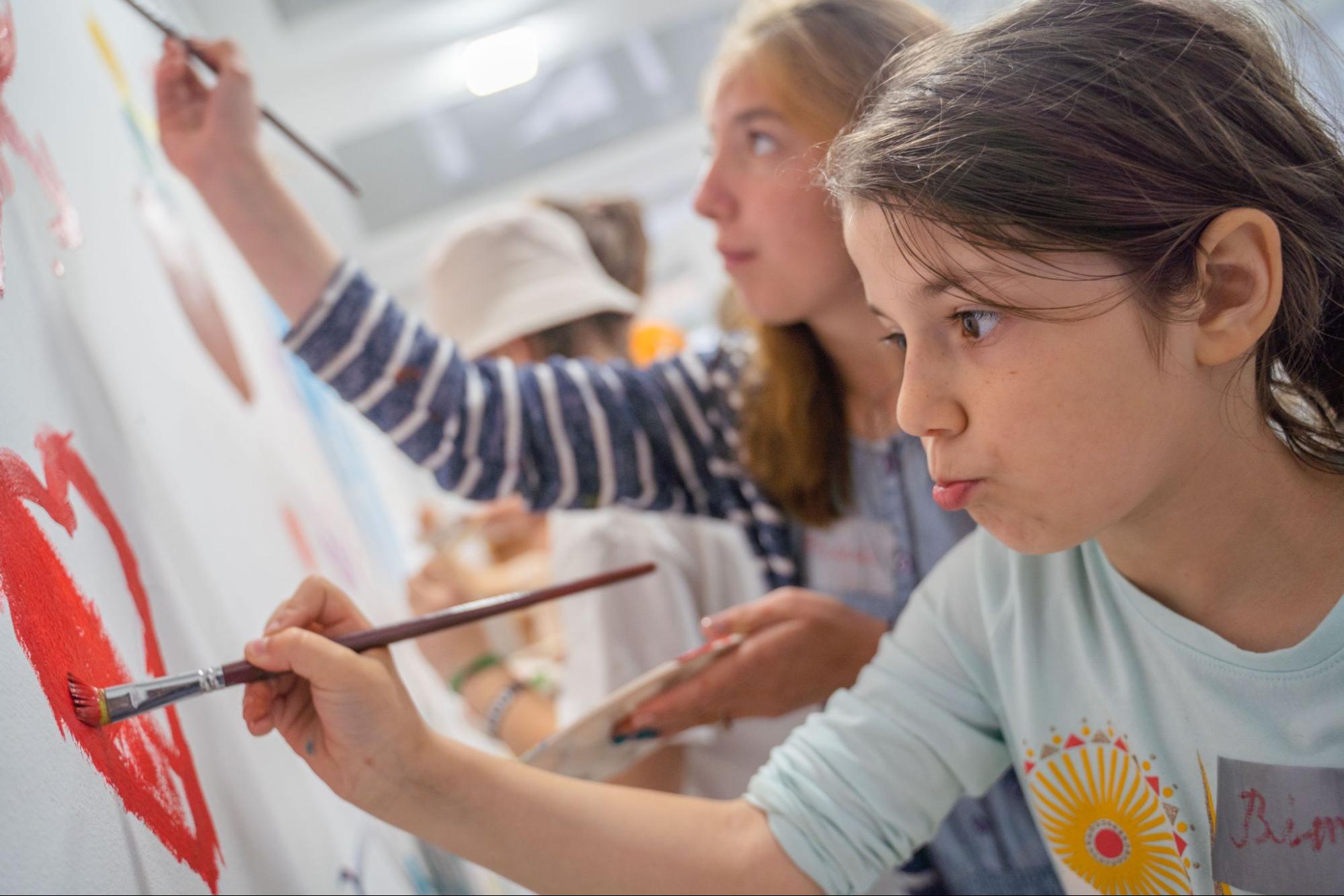
How Can a Break in a Hierarchy Steal One's Childhood?
"In conclusion, I want to talk about another very worrisome syndrome of the current situation, which is when children act as substitute parents for their own parents, – Tetiana Aslanyan says. – These days, my colleagues and I observe this in kids starting at 14, or even 12, years of age. The roots of this phenomenon lie in the fact that in a state of stress, people can experience regressive behavior, which is a kind of a developmental "rollback". In small children, this manifests in a state as if they stepped back a few steps. Those who had already started walking, go back to crawling. Or, for example, a child stops pronouncing the "r" sound correctly. In adults, regressive behavior can manifest as infantilism, or a refusal to take on responsibility. When this happens to a mother, her teenage child can unconsciously adopt an adult's role: make decisions as to where and when to go, where to seek help during evacuation etc. For instance, I once heard a mother asked her 7-year-old son: "Should we go back home or isn't it time yet?" Shifting the burden of responsibility to a child is never acceptable! First of all, it's too heavy for a kid, and it will become one more factor that will deprive the child of a childhood. Second, no matter what the circumstances are, there should still be a hierarchy within a family. Parents should be in charge. They are the ones who make decisions. Yes, it is crucial to discuss these decisions but adults should have the final say. Otherwise, this "break" in the hierarchy can lead to hurt feelings, accusations, and a deterioration in the relationship between the child and the parents.
To avoid adopting infantile behaviors, a mother has to take care of her own psycho-emotional state. I hope that the suggestions we have offered in this article will help you do that".
Newsletter
Digest of the most interesting news: just about the main thing



